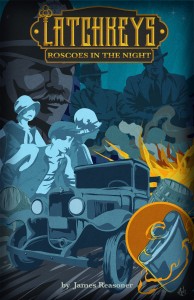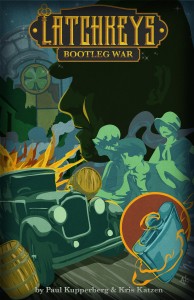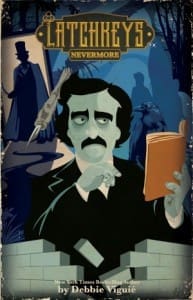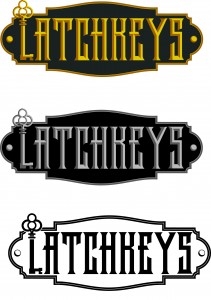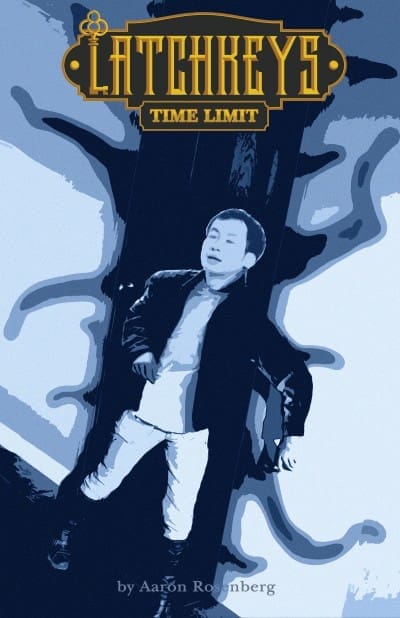 So a while back, you saw that we here at Crazy 8 had announced a new property we were releasing—a strange, dark, spooky YA series called Latchkeys. Steven Savile led off with Unlatched, and we told you there would be new installments every six weeks or so.
So a while back, you saw that we here at Crazy 8 had announced a new property we were releasing—a strange, dark, spooky YA series called Latchkeys. Steven Savile led off with Unlatched, and we told you there would be new installments every six weeks or so.
Yeah, that didn’t exactly go according to plan, did it?
Why the long gaps between stories? Well, there were the usual real-world complications—people got sick, or moved, or changed jobs, or had some other project come up and insist on their full attention, and their Latchkeys story got pushed back. In a few cases, it was the fault of other books and other authors entirely—we try to give each new release room to breathe, and to shine, which means if a novel comes in late we may need to scoot it back in our publishing schedule, and that may shove back everything after it.
But there were also the in-story complications. You see, Latchkeys is an unusually collaborative venture. The HiveMind that created it has thirteen members, all of whom helped build the setting and the story arc and the characters, all of whom claimed one of the stories from that arc, and all of whom offered suggestions and feedback on each other’s stories. But no matter how careful your outline, when you sit down and start writing things change. They have to, really—you’re breathing life into that outline, giving it form and color and texture and flavor, and in the process you’ll fine-tune it, mold it, smooth out its edges and in some cases shift it slightly to give it a better cast, a better feel. What that means, though, is that your story won’t be a word-for-word reenactment of your outline—which means that anyone writing after you in the series will need to not only read your story once it’s done, but figure out what’s changed and how those changes will affect his or her story when its time comes.

